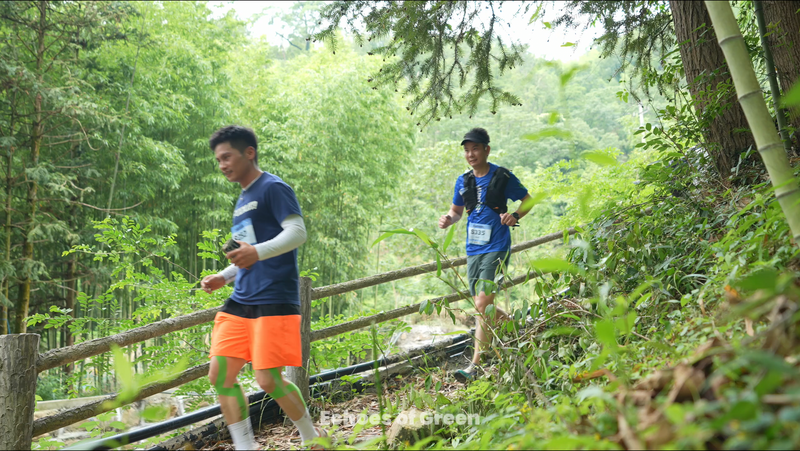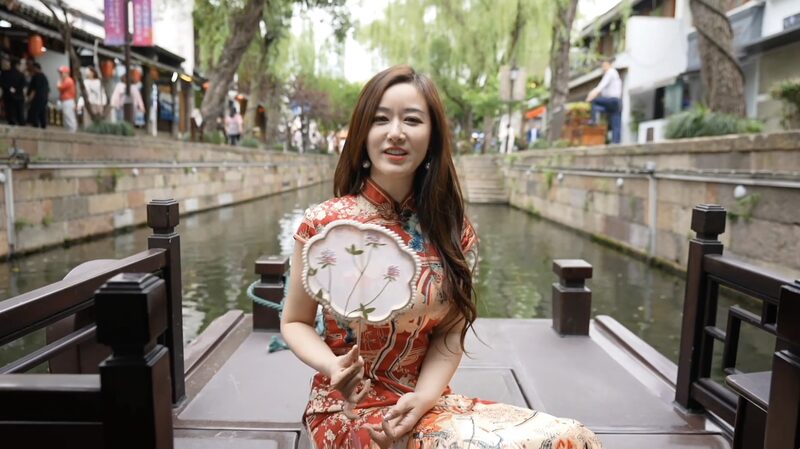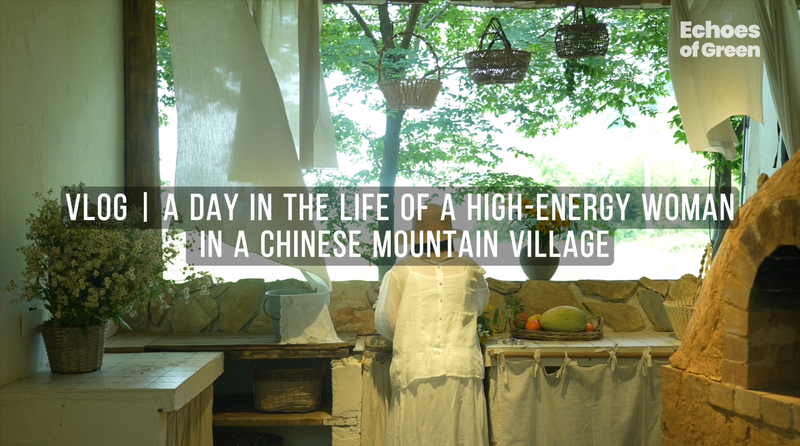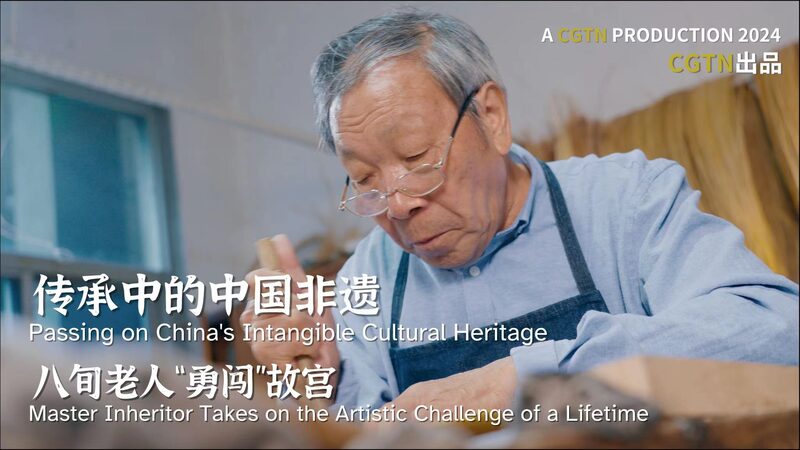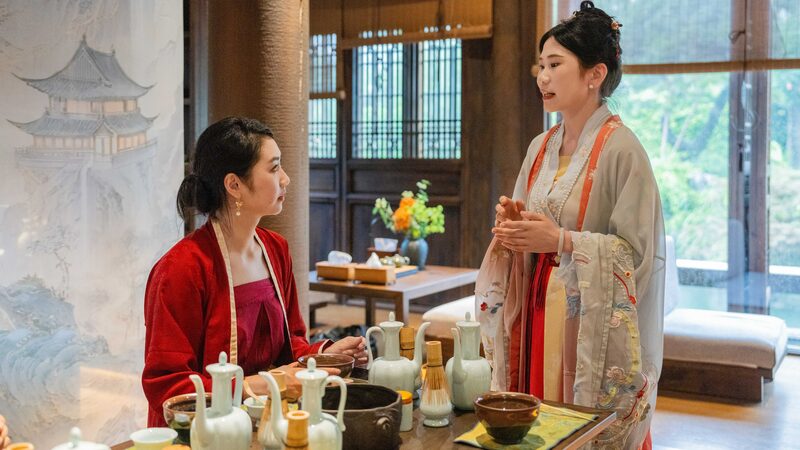Nestled in Zhejiang province, Anji County has long been celebrated as China’s ‘Bamboo Town’ – a title it wears with quiet pride. Its 66,700 hectares of bamboo forests form a living tapestry, stretching across misty hills and tranquil valleys. But this isn’t just scenery; it’s the backbone of a region where ecology and economy grow in harmony.
More Than a Plant: Bamboo as a Way of Life
For Anji’s residents, bamboo is both heritage and livelihood. The plant fuels industries from furniture to textiles, contributing over 20% of the county’s annual GDP. ‘Bamboo teaches us balance,’ shares local artisan Li Wei. ‘It bends but doesn’t break – that’s how we approach development here.’
Green Gold: Sustainable Growth Model
Anji’s bamboo economy offers lessons in sustainability. The county recycles 98% of bamboo byproducts, with innovations like bamboo fiber packaging gaining global traction. Recent partnerships with research institutes aim to expand carbon-sequestration applications, positioning Anji as a testbed for eco-friendly technologies.
Cultural Roots and Global Reach
Every spring, the Bamboo Culture Festival draws visitors worldwide, featuring traditional crafts and contemporary art installations. For the Asian diaspora, it’s a touchstone to ancestral traditions, while investors eye bamboo’s potential in bioplastics and renewable materials markets.
As nations seek sustainable alternatives, Anji’s bamboo story – woven through environment, economy, and culture – offers a blueprint for harmonious development.
Reference(s):
cgtn.com


